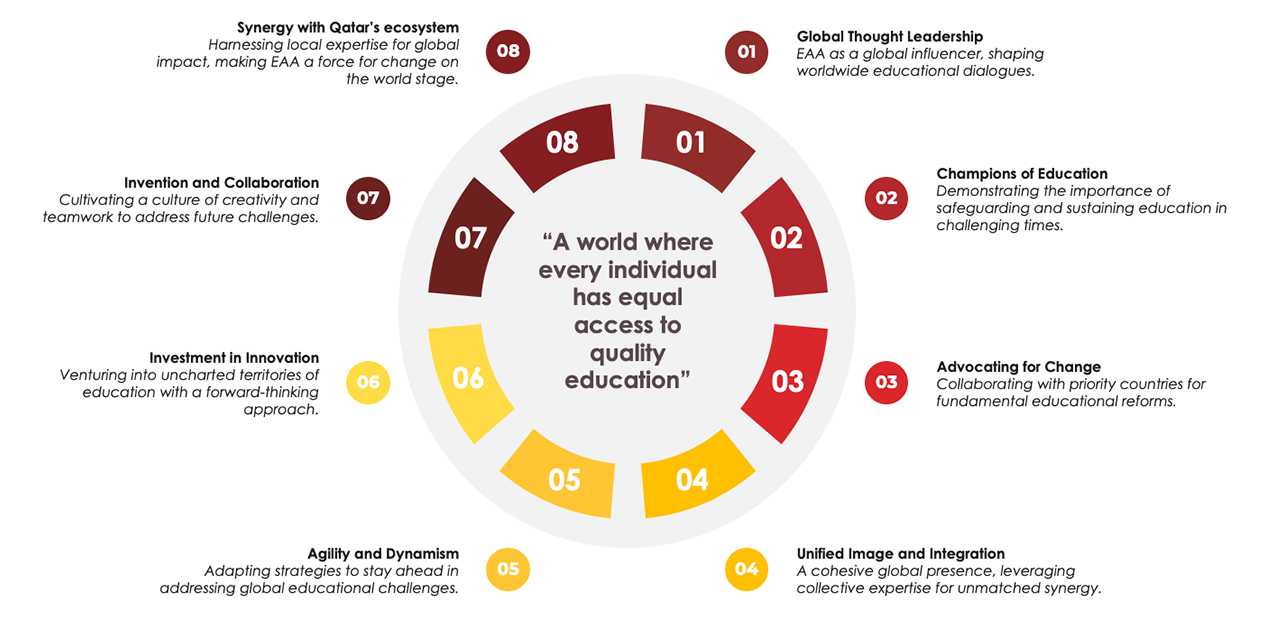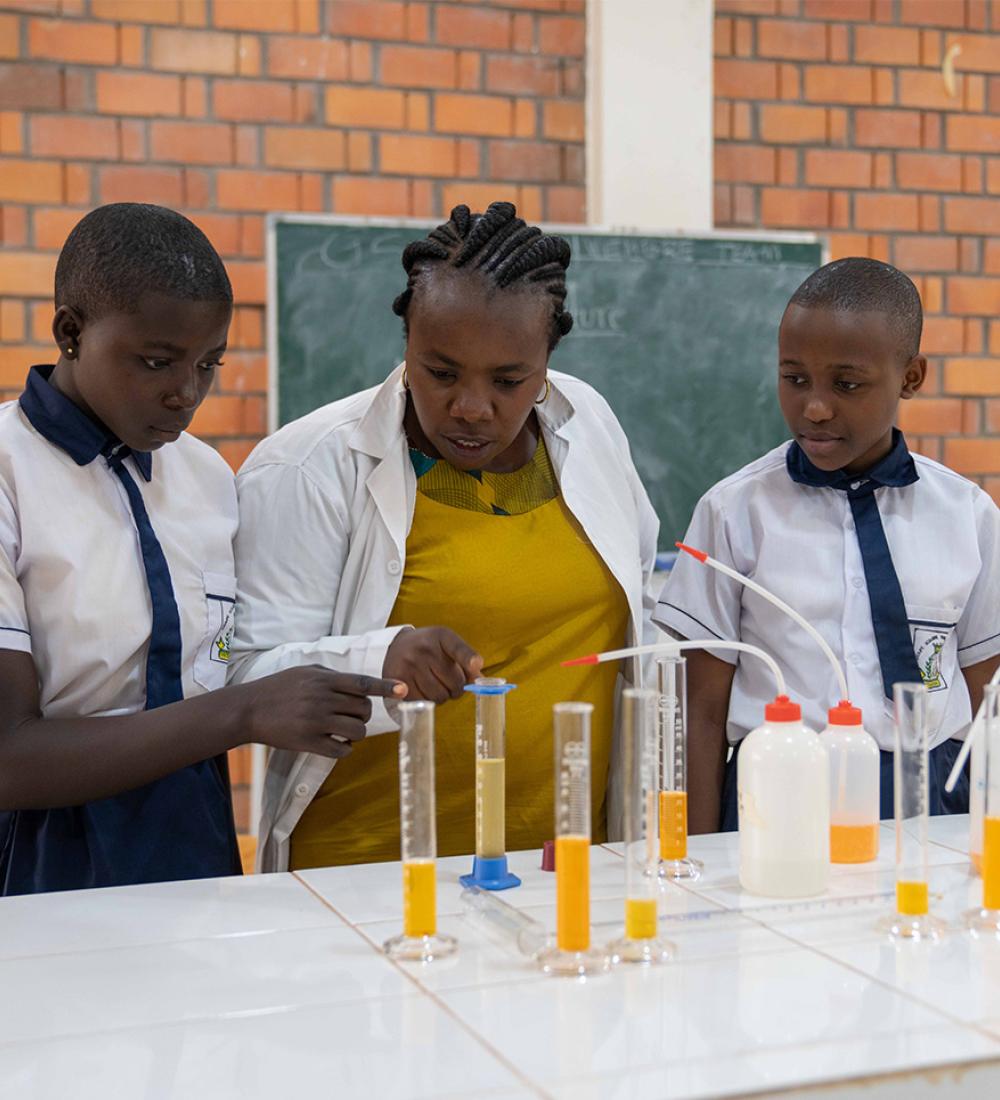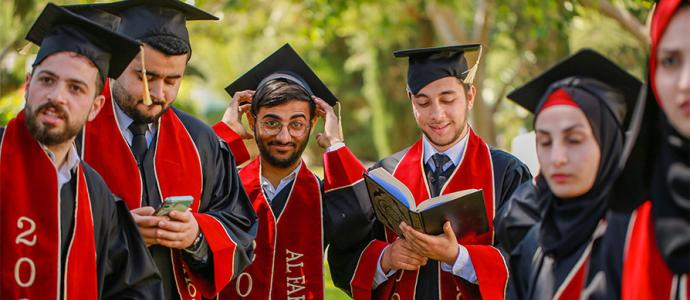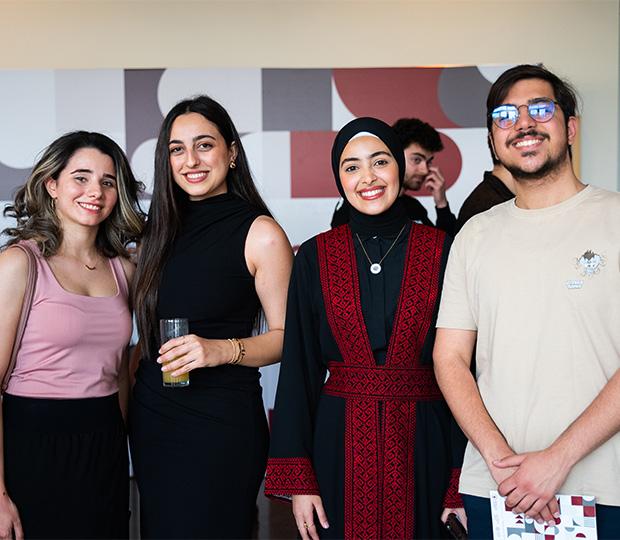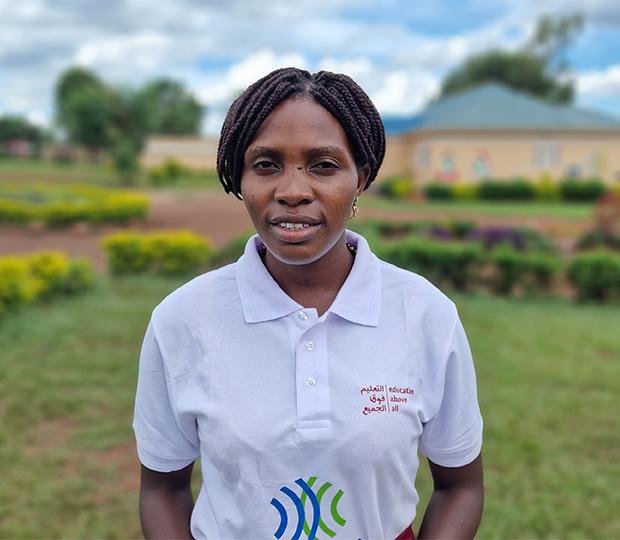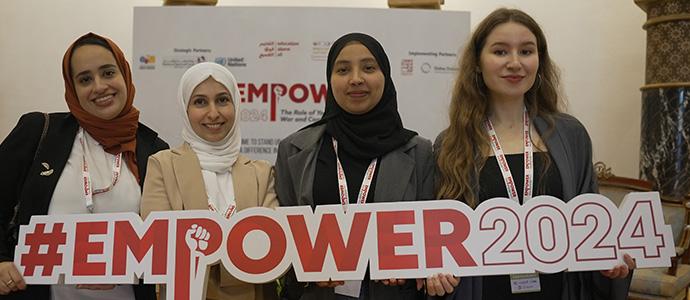What: Transforming the Lives of Millions Through Education
At Education Above All, we are committed to transforming lives through targeted educational initiatives that address the needs of the most vulnerable and marginalized populations. Our actions are designed to achieve the following outcomes:
- Increase access to quality education: We ensure that the most marginalized and vulnerable populations can access education, aligning with our mission of inclusivity, equality, and addressing the needs of the most disadvantaged communities.
- Improve retention rates and educational outcomes: By enhancing the quality of education, we empower individuals with the knowledge and skills necessary for their personal and societal development. Our initiatives aim to improve both retention rates and educational outcomes, ensuring that education has a lasting impact.
- Influence policy and shape education discourse: Education Above All advocates for inclusive and equitable education policies. We mobilize support from stakeholders and work to create an enabling environment for change, actively influencing education policy and discourse at all levels.
- Foster employment opportunities through education and skills development: We believe in the power of education to transform economies. Our programs equip youth with essential skills, including green skills for the green economy, enabling them to secure employment and contribute to their communities and economic development.
- Enhance capacity building and knowledge sharing: We are committed to strengthening the capacities of educational systems and communities. Through partnerships and collaborative projects, we facilitate knowledge sharing and capacity building, enabling sustainable changes and long-term educational improvements.
Through these efforts, we continue to champion the transformative power of education as a catalyst for development and peace across the globe.







